
Application: Trimming
Industry: Furniture
Robotmaster enhances the efficiency of Solidwool manufacturing process while helping with sustainability and reducing the carbon footprint of its products. ...
全編を読む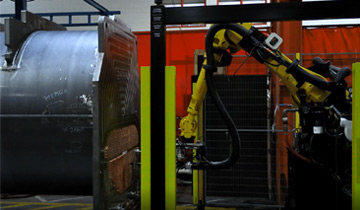
Application: Tube Rolling
Industry: HVAC
Trane® – by Trane Technologies a global climate innovator – uses Robotmaster to increase their tube rolling output by 50% while reducing programming time from 80+ hours to 30 minutes ...
全編を読む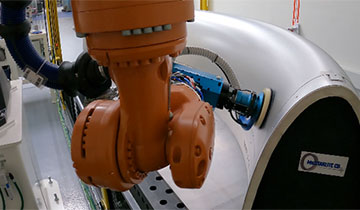
Application: Polishing
Industry: Aerospace
McStarlite uses a KUKA robot programmed with Robotmaster® to perform polishing (jitterbug) of the inlet lipskins for the A350 Airbus ...
全編を読む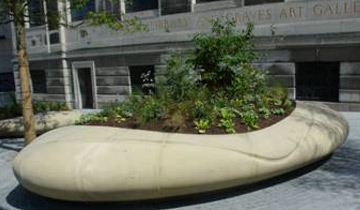
Application: Stone Milling
Industry: Architecture
Johnson Wellfield Quarries machines and sculpts organic shaped planters with a Stäubli robot programmed with Robotmaster ...
全編を読む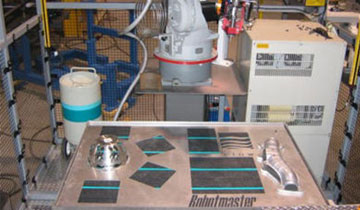
Application: Trimming/Milling
Industry: Automotive
Flow Applications Group, robot integrator for high pressure water jet cutting systems for Tier 1 automotive manufacturers, cuts down programming time from half a day to 15 minutes ...
全編を読む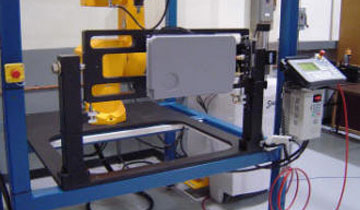
Application: Trimming/Milling
Industry: Aerospace
Weber Aircraft uses a robotic routing cell and Robotmaster software to increase production capacity for plastic food trays for commercial aircraft seats, while reducing costs and maintaining product quality ...
全編を読む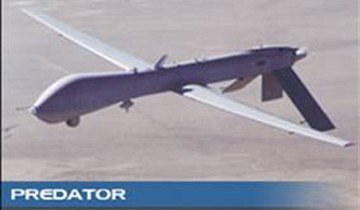
Application: Carbon Composite Trimming
Industry: Military
General Atomics Aeronautical Systems uses Robotmaster software to develop tool trajectories for a 7-axis waterjet robotic work cell that increased production output and precision for cutting wing flap hinges ...
全編を読む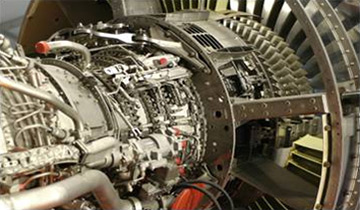
Application: Deburring
Industry: Aircraft Engines
AV&R Robotics implements Robotmaster software to achieve high precision and repeatability in their material removal processes, leading to improved efficiency and reduced costs ...
全編を読む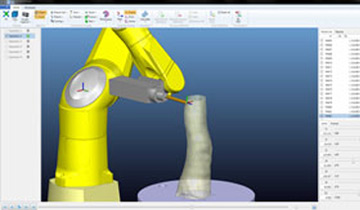
Application: Orthopedic Milling
Industry: Prosthetics/Orthotics
Robotmaster used to create custom orthotics with high precision and efficiency, producing over 3000 unique products in less than two years, three times faster than conventional milling methods ...
全編を読む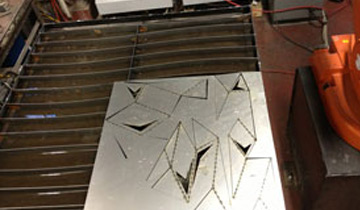
Application:
Industry: Academic Research
Carnegie Mellon University's Digital Fabrication Lab uses Robotmaster to create milling programs for an ABB robot and paves the way for innovative manufacturing technologies to be used in the field ...
全編を読む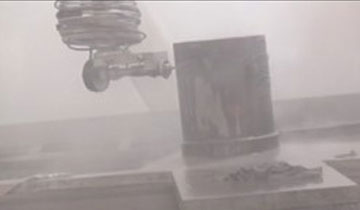
Application: Trimming/Milling
Industry: Military/Medical
Offline robot programming software, Robotmaster, used for milling processes as it produces robot trajectories from CAD/CAM data and complements the enhanced robot tolerances ...
全編を読む